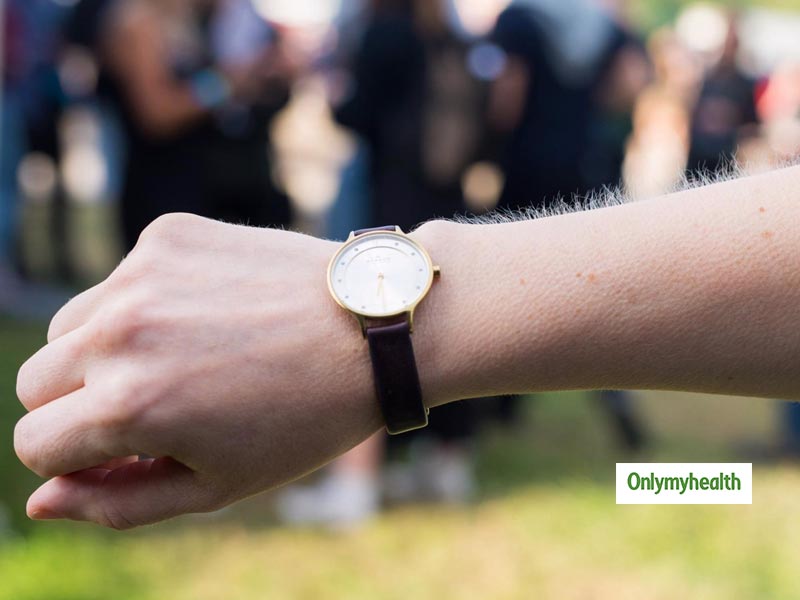
Have you ever found yourself inexplicably experiencing goosebumps, those tiny bumps that appear on your skin seemingly out of nowhere? These peculiar phenomena are not merely a quirk of the human body but rather a fascinating biological response with underlying logic. Goosebumps, scientifically known as piloerection, occur due to the body's intricate mechanism involving the release of hormones and the contraction of muscles around hair follicles.
Table of Content:-
Talking along these lines, the editorial team of Onlymyhealth spoke to Dr Shitij Goel - Head & Senior Consultant, Department of Dermatology, Sharda Hospital, Greater Noida, to explain the logic behind us getting goosebumps. Here is what he shared with us.
Thermoregulation: Goosebumps as a Response to Cold
Primarily, goosebumps serve as a thermoregulatory mechanism. When exposed to cold temperatures, the body initiates a response aimed at conserving heat. Hormones are released, prompting the contraction of small muscles surrounding the hair follicles. Consequently, the hairs on the skin stand erect, forming tiny bumps. This process traps a layer of air near the skin, acting as insulation to preserve body warmth.

Understanding the Physiology of Goosebumps
Interestingly, goosebumps aren't solely triggered by cold stimuli. They can also manifest in response to intense emotions such as fear, surprise, or even pleasure. This dual functionality underscores the versatility of this physiological response. In animals, goosebumps serve a similar purpose, potentially making them appear larger when confronted with threats, thus enhancing their survival prospects.
Also Read: Constant Genital Itching Could Be A Sign of THESE Diseases: Doctor Warns
The Emotional Connection: Goosebumps Beyond Temperature Regulation
The connection between emotions and goosebumps is particularly intriguing. Experiencing potent emotions like fear, anger, or awe can elicit goosebumps even in the absence of cold stimuli. Activities as diverse as listening to moving music, appreciating art, or watching a thrilling horror film can evoke this visceral response. While the precise mechanisms behind this phenomenon remain a subject of ongoing research, it is believed that the body's "fight or flight" response and the release of adrenaline contribute to the involuntary occurrence of goosebumps during intense emotional experiences.

Goosebumps vs. Chills: Deciphering the Differences
It's essential to distinguish between goosebumps and chills, as they arise from different stimuli and serve distinct purposes. Chills, often associated with fever, typically indicate a body's response to bacterial or viral infections. During chills, the body may shiver in an attempt to generate heat. In contrast, goosebumps primarily emerge in response to stimuli like cold air or intense emotions, and they serve primarily as a thermoregulatory mechanism.
Also Read: What is Screen Time and How Does It Affect Your Mental Health? Find Out Here
Understanding the logic behind goosebumps offers insights into the intricate ways in which our bodies respond to internal and external stimuli. From regulating body temperature to signalling intense emotional experiences, this seemingly simple physiological response is a testament to the complexity and adaptability of human biology.
Bottomline
"Goosebumps are not merely random occurrences but rather a finely tuned biological response with multifaceted functions. Whether triggered by cold temperatures or intense emotions, the underlying mechanism involves the release of hormones and the contraction of muscles around hair follicles. By unravelling the logic behind goosebumps, we gain a deeper appreciation for the remarkable intricacies of the human body and its adaptive capabilities," concluded Dr Goel.
Also watch this video
How we keep this article up to date:
We work with experts and keep a close eye on the latest in health and wellness. Whenever there is a new research or helpful information, we update our articles with accurate and useful advice.
Current Version